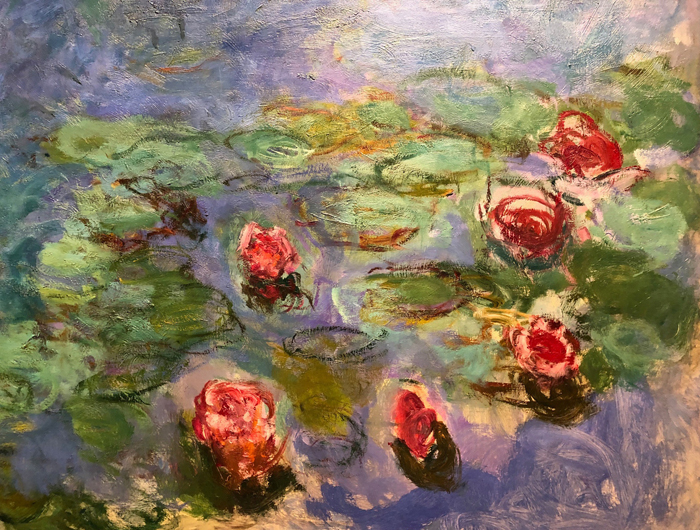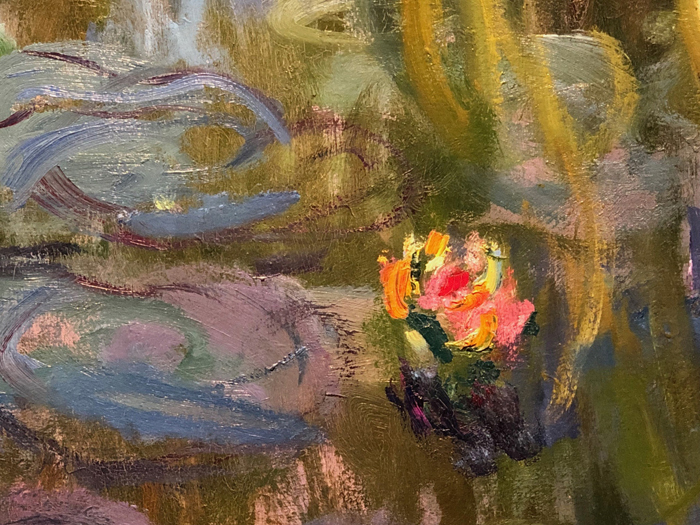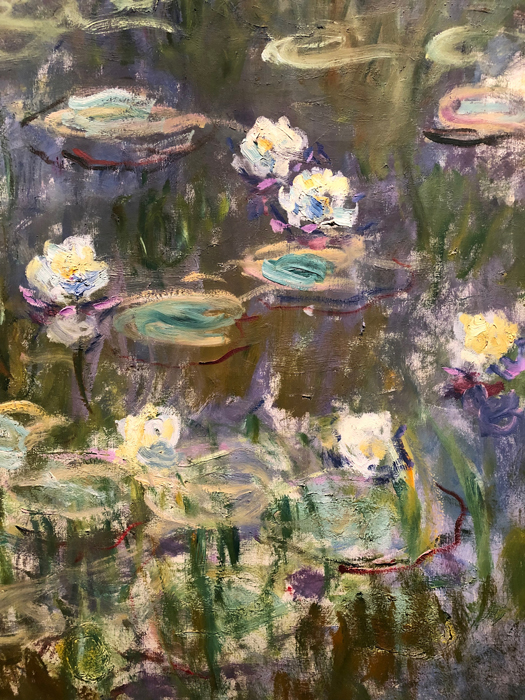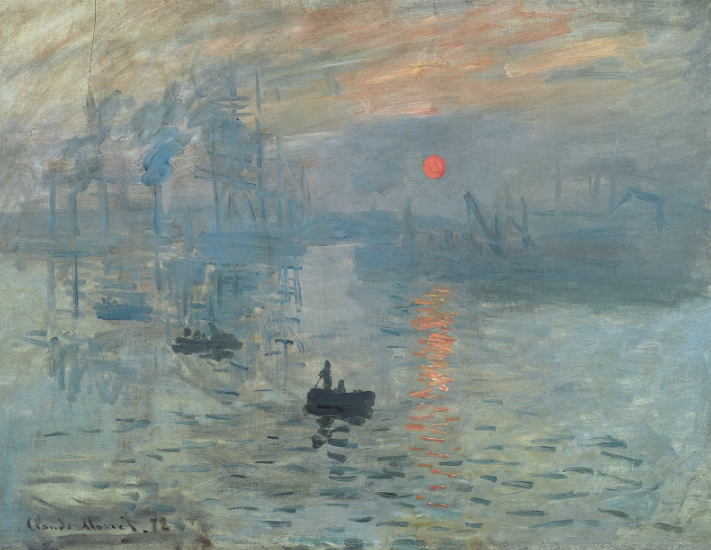Wow, I can’t believe it’ has been so long since my last blog post! Before talking about the Monet Exhibition, I’ll give you a brief update. I have had a lot of irons in the fire this year. If you subscribe to my newsletter, you know in January, after working on the Board of Directors of the Florida Watercolor Society for four years, I’m officially President for 2019. It takes a substantial amount of time to plan for an Annual Exhibition, Convention and Trade show attended by 600 people! That is all taking place in Orlando September 19-22. Everyone is invited! If you would like more information, head on over the FWS web site. We are also offering four workshops prior to the big Convention, taught by Carol Carter, Carrie Waller, Steve Rogers and Vladislav Yeliseyev. Check those out too and come join the fun!
I’ve also been teaching a few workshops, and squeaking some painting time in here and there. Last March I had eight lovely students join me in my home studio for a “How to Achieve Texture in Watercolor Workshop.” If any of you have taken a workshop in my home studio, you can vouch that I spoil and pamper you the whole time! Contact me if you would like to be added to my “Advanced Notice List” for workshops or subscribe to my newsletter, which will always let you know where I will be teaching.
The Artist's House at Giverny 1912-1913
I’ve sent work out to some amazing exhibitions that I was honored to be chosen for. The Fallbrook International Signature Watermedia Exhibition in Fallbrook, California and The American Women Artists 25 Museums in 25 Years, show this year at the Steamboat Art Museum in Steamboat, Colorado. I’ll be heading out there in June for the opening. I’m currently in a show at the Albin Polasek Museum & Sculpture Gardens in Winter Park, Florida, called “Precious Pollinators,” with the Central Florida Watercolor Society. It’s a great show focusing on a worthy cause, making us aware of the current plight of the bee population!
Corner of the Water-Lily Pond 1918, 1919
Corner of the Water-Lily Pond 1918, 1919
One of the highlights of the year was attending the Plein Air Convention, in San Francisco last April. More on that event in the next blog post! My husband, also a plein air painter joined me and we arrived a couple of days early to take in museums. As luck would have it, Monet: The Late Years was going on at the de Young Museum! If you are a follower of my blog you may have read a series of posts I have done on Monet, prompted by reading Mad Enchantment by Ross King. Welcome, if you are new and happened upon this post! If you would like to read that series of posts start here. This show at the de Young focused on the exact time period as King’s book. The show closes on May 27, if you are in the area it is worth a visit.
It blows my mind how prolific he was in the latter years of his life, painting the whole time during World War I, trying to overcome his difficulty with cataracts and the death of his wife. The body of work, in the show was from museums across the globe, and many were from private collections. I always think when I see a painting from a private collection how lucky I am to have the chance to see it and study it. Talk about living in the moment! In the span of 16 years from his 70’s to his death at age 86, he painted bigger, bolder, and more abstractly focusing on a limited subject matter, his gardens at Giverny, most notably the water lily pond.
Water Lilies 1914, 1917
Water Lilies 1914 1917, Detail
Water Lilies1914, 1915
Water Lilies 1914, 1915, Detail
Water Lilies 1921, 1922?
Water Lilies 1921, 1022?, Detail
It is believed by the curators that many of the works in this show are studies for the “Grand Decoration,” the momumental works in the L’Orangerie in Paris. This exhibition was such an inspiration! I hope at that age I have the health to continue to do what I love to do, and the freedom to play and experiment to my heart’s desire! Do you have a favorite Monet painting or museum moment? I would love to hear about it.
Links to Other Monet Articles:
Part 1: Mad Enchantment: Claude Monet and the Painting of the Water Lilies by Ross King
Part 2: Mad Enchantment: Claude Monet and the Painting of the Water Lilies by Ross King























